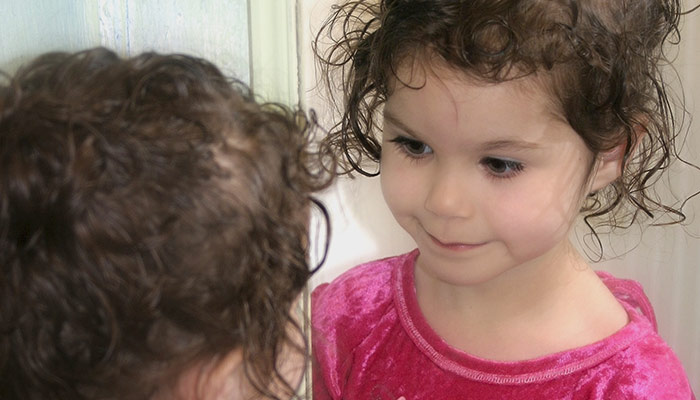While we believe that the books and resources recommended may be of value to you, keep in mind that these are suggestions only and you must do your own due diligence to determine whether the materials are appropriate and suitable for your use. PNC has no sponsorship or endorsement agreement with the authors or publishers of the materials listed.
ALL ABOUT ME

Mirror, Mirror on the Wall
Children will use a mirror to describe the parts of their bodies.

Lesson Objective
Children will use a mirror to describe and compare different body parts.
Science
What You'll Need
- 6”–8” Mirrors – 1 per child
- Drawing paper – 1 sheet per child
- Crayons or markers
What To Do
- Discuss the different parts of the body with the children (see Did You Know?).
- Distribute mirrors, and allow the children to use them to examine themselves.
- Encourage the children to notice the color of their eyes, hair, teeth, and ears (see Guiding Student Inquiry).
- Have the children use the mirrors to observe and discuss other features of their bodies such as their neck, legs, and knees.
- Distribute drawing paper and crayons or markers.
- Have each of the children draw a picture of themselves, encouraging them to include their different body parts.
Resources
Home School Resources
Home educators: use these printable lesson PDFs to teach this lesson to your home schoolers. They're available in English and Spanish.
Content Provided By
Common Core State Standards Initiative – These lessons are aligned with the Common Core State Standards ("CCSS"). The CCSS provide a consistent, clear understanding of the concepts and skills children are expected to learn and guide teachers to provide their students with opportunities to gain these important skills and foundational knowledge [1]. Visit the CCSS


